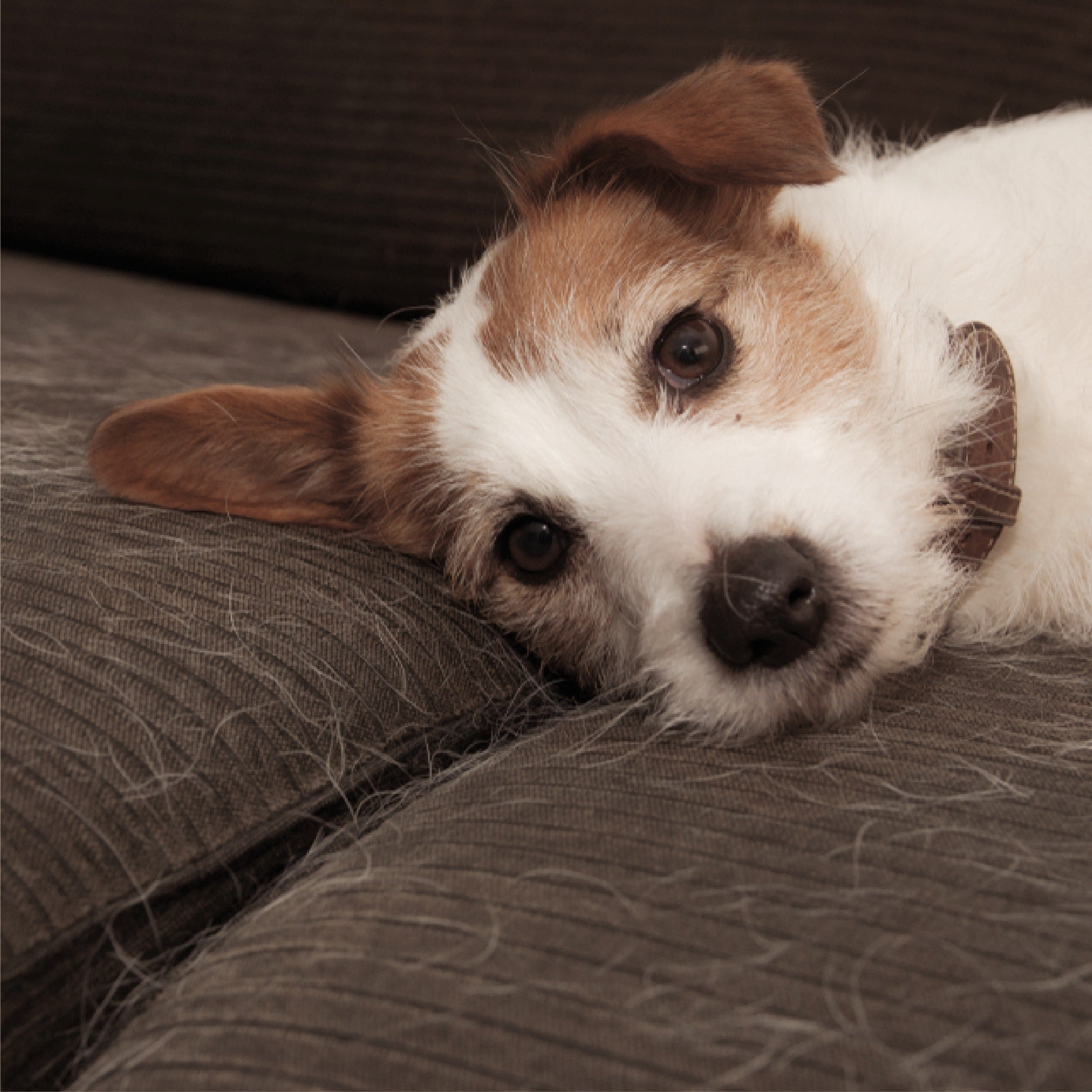
Pet parents will agree that every outfit is incomplete without puppy hair. While a few strands here and there are acceptable and even adorable, if you and your home are constantly covered in fur because of hair shedding, it is a problem. But a problem that is common to all breeds and also quite easily controllable.
WHY DO PUPPIES SHED
Puppy hair shedding depends upon the breed, but most pups start the shedding process between 4-6 months of age. They have a soft single coat of fur that is replaced by stiffer, thicker hair usually over two years. A double-coated breed will grow two layers of fur after shedding the puppy coat.
Once the puppy fur is gone, the new coat will have a different color, texture, and of course, none of that calming puppy smell.
Dog hair does not shed all the time: it is continuously going through a cycle of growth, rest, and loss. Shorthaired breeds shed a significant amount frequently because they complete this cycle in a short time. Longhaired breeds like Poodles, Lhasa Apsos, etc. are often referred to as ‘non-shedding’ breeds. This does not mean that longhaired breed puppies won’t shed their first coat; but after the puppy period, you may not notice the shedding because they will grow their hair for long periods, years even before they lose their hair.
Other than the genetically predestined cycle, puppies go through seasonal shedding in spring and fall. It’s a myth that hair loss has anything to do with temperature; it is related to exposure to light. Maximum hair is shed during the greatest exposure to light. During the autumn months, days are short, and the pups are prompted to lose their light summer coat to give way to a thicker coat for warmth in winter. Similarly, during spring when days are longer and they spend more time in the sunlight, puppies start to replace their thick winter coat with a short breezy one suitable for summer.
HOW TO MANAGE SHEDDING
While shedding is a fairly normal process, keep an eye out for when you see some abnormal or excessive shedding. Losing hair in patches, the skin appearing inflamed or scaly, or continuous itching all point toward health issues. In this case, consult your veterinarian.